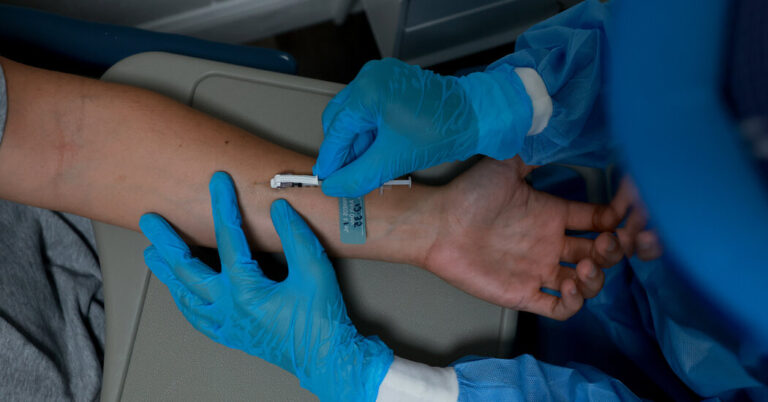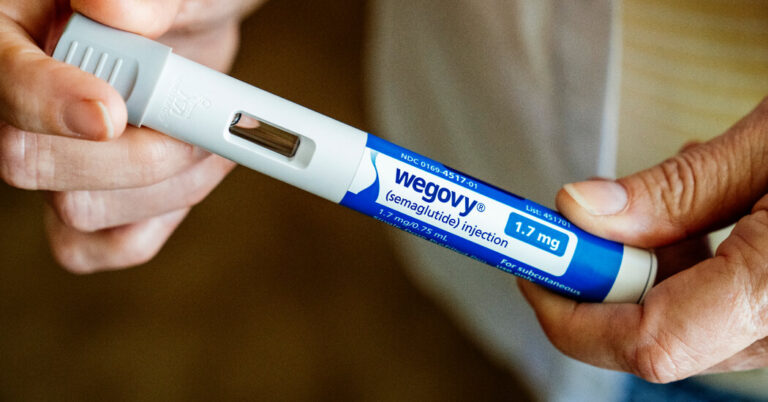Physician associates and anaesthesia associates should be known as “assistants” to avoid confusing patients, an independent review says. The review recommends they wear standardized clothing and badges to distinguish them from doctors and should only see patients in limited circumstances.
The Health Secretary accepted all the recommendations, stating patients can be confident those who treat them are qualified to do so. Physician associates and anaesthesia associates were introduced into the NHS to ease doctors’ workload, but concerns were raised about safety, clarity around responsibilities, and impact on junior medics’ work and training.
The review recommends physician associates be renamed “physician assistants” to reflect their supportive role, not see new patients until they have been triaged, have at least two years’ hospital experience before working in a GP surgery, be part of a team led by a senior doctor, and wear badges and clothing to set them apart from doctors.
Anaesthesia associates should be renamed “physician assistants in anaesthesia”. Patients should be given clear information about the role of a physician assistant, and there should be a faculty to represent them and set standards for training.
Physician associates are not authorized to prescribe medication but can order certain scans, take medical histories, and conduct physical examinations. There are over 3,000 physician associates and anaesthesia associates in England, with the NHS workforce plan envisioning this number increasing to 12,000 by 2036.
The British Medical Association said the name change is positive but more still needs to be done, while the union representing physician associates and anaesthesia associates broadly welcomes the findings but has concerns over the limitations on treating patients.
Source link




